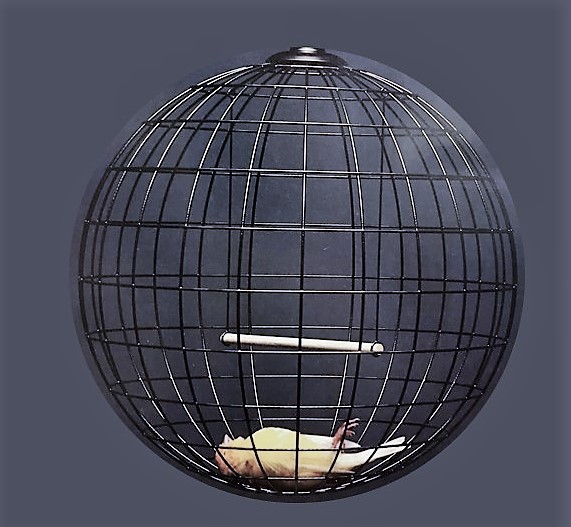
Now if I tell you that you suffer from delusions.
You pay your analyst to reach the same conclusions.
You live your life like a canary in a coalmine.
You get so dizzy even walking in a straight line.
Canary in a coalmine.
Canary in a coalmine.
Canary in a coalmine.
Lyrics from Canary in a Coalmine, by the Police.
Life for an actual canary in a coal mine could be described in three words: “short but meaningful.” Coal mines of days gone by did not have ventilation systems, so legend has it that miners would bring a caged canary into new coal seams. Canaries are especially sensitive to methane and carbon monoxide, which made them ideal for detecting any dangerous gas build-ups. Maybe it wasn’t so ideal from the canary’s perspective. As long as the bird kept singing, the miners knew their air supply was safe. A dead canary signaled an immediate evacuation. Even as gas detection technology improved, some mining companies still relied on the canary method well into the 20th century. Other animals were used occasionally, but only the canary had the ability to detect small concentrations of gas so readily. Reference: https://www.wisegeek.com/what-does-it-mean-to-be-a-canary-in-a-coal-mine.htm
Today, the term is a figure of speech. I generally refers to something or someone who, due to sensitivity to their surroundings, acts as an indicator and early warning of possible adverse conditions or danger. For example, wildlife in disaster movies assumes the role of the canary in a coal mine, fleeing the scene when catastrophe is imminent. I don’t know if that happens in real life, but it sure did in every King Kong movie I can recall.
Today, at least in first world nations, there are no antiquated measures to safety like the sacrificial use of birds to ensure human safety. Safety culture is a very serious thing in modern mining, and I am very proud to be a part of that community.

